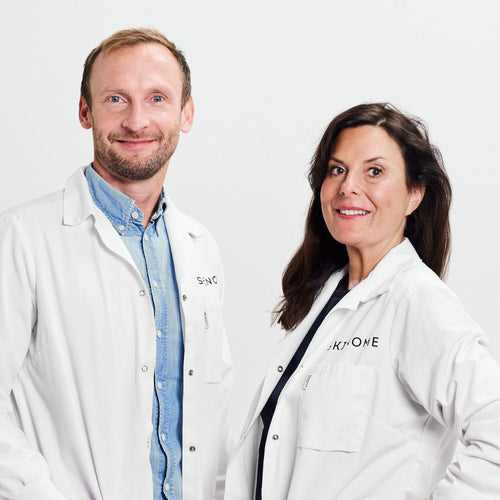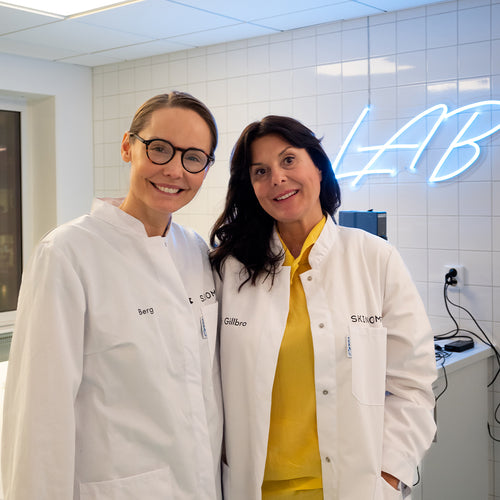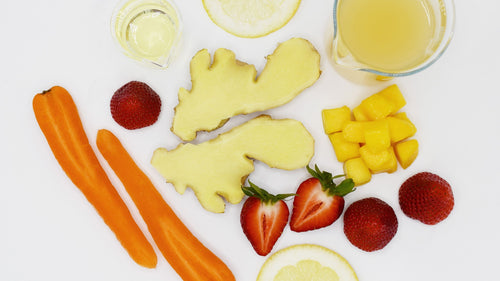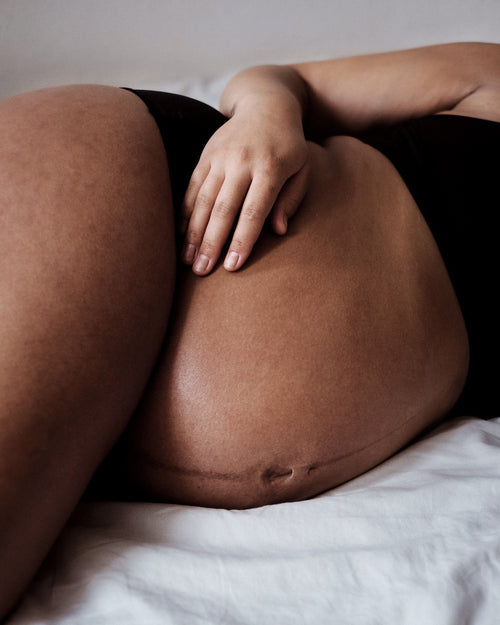Färskt bröd innehåller vätska och möglar inom en vecka till skillnad mot knäckebröd som inte innehåller vätska och därför kan förvaras under lång tid utan att brödet förstörs av mikroorganismer.
Vad är problemen med stora mängder konserveringsmedel?
Hela poängen med konserveringsmedel är att de ska ta kål på eventuella bakterier som riskerar att komma in i din hudkräm, både från dina fingrar och från luften. Detta sker genom att konserveringsmedlet förstör bakterieväggen på bakterien och på så sätt oskadliggör den. Det här kan dock även ge mindre bra effekter på vår hud. Flera konserveringsmedel är associerade med att irritera huden med sveda och känslighet som följd. Det finns även andra som har allergen effekt och som kan orsaka kontakteksem, d v s inflammation av huden som orsakas av att ett ämne kommer i direktkontakt med huden.
Fram tills för ca 15 år sedan var parabenerna de mest använda konserveringsmedlen. Nu är det troligen de mest svartlistade. År 2004 publicerades en uppmärksammad artikel av forskaren Philippa Darbre i England där forskningsteamet hade kunnat konstatera att parabener orsakade snabbare tillväxt av brösttumörceller än normalt. Hur mycket parabener som faktiskt tas upp i blodomloppet genom huden är inte fastställt ännu och studien har inte verifierats, men i takt med att ryktet nådde konsumenter runt om i världen valde många hudvårdsproducenter att ta bort parabener ur produkterna.
I dag är fenoxietanol (phenoxyethanol) det i särklass mest använda konserveringsmedlet i hudvårdsprodukter (se bild). Flera studier har visat att fenoxietanol kopplas till kontakteksem och allergier. Forskare har också visat att fenoxietanol triggar samma känslighetsreceptor som chilipeppar, nämligen trpv1. Franska myndigheter har avrått från att tillverka produkter med fenoxietanol för blöjområdet till barn under tre år, men i Sverige finns ingen sådan avrådan.
Det andra mer övergripande problemet med konserveringsmedel är att de inte ser skillnad på dåliga och bra bakterier. Förutom att döda eventuella (dåliga) bakterier som skulle kunna uppstå i din hudkräm, så kan konserveringsmedel även påverka hudens goda bakterier när krämen väl hamnar på huden. Det är nämligen så att det kryllar av bakterier på din hud och fler och fler studier visar att våra bakterier är betydligt viktigare än vi har trott för vår hudhälsa. Bland annat har flera studier visat att en obalans i bakteriefloran på huden kan vara en av orsakerna till några av våra vanligaste hudåkommor som eksem, akne och rosacea.
En forskargrupp i Bejing i Kina visade att konserveringsmedel som används i hudvård påverkar den naturliga hudfloran, vilket i sin tur kan påverka vår hudhälsa 1–7. Konserveringsmedel kan alltså störa en normal hudflora vilket kan leda till en sämre hudhälsa eller till och med hudåkommor.
Men vi vill ju inte att vår hudkräm möglar!
Hela Skinomes filosofi bygger på att utveckla produkter för hudens bästa och självklart så skaden hudvård du köpervara fri från skadliga bakterier och mögel. Men, saken är den att det finns mer innovativa sätt att konservera produkter i stället för att användahöga halter konserveringsmedel. Vi tror att anledningen till att ingen annan gör det vi gör är för att det helt enkelt är lite krångligare. Vi är dock övertygade om att vår hudvård leder till bättre hudhälsa och att det därför är värt krånglet.
För att utesluta tillsatser och konserveringsmedel har vi betydligt kortare hållbarhet på våra produkter. Traditionell hudvård håller normalt sett 3 år eller längre. Våra produkter håller endast 12 månader. Vi kyler även ner våra produkter,direkt efter produktion till 8 °C. Och vi ber dig som kund att förvara produkterna i kylskåp. Lite krångel, visst, men du gör samtidigt din hud en stor tjänst.
Enligt EU’s kosmetikaförordning (EG) nr 1223/2009 får det inte finnas risk för mögel/bakterietillväxt under användningsperioden och därför testas produkterna på specifika institut. Även våra produkter genomgår dessa tester.
För att undvika konserveringsmedel så laborerar vi bland annat med vattenhalten för att minska risken för tillväxt. Våra nattkoncentrat innehåller endast ca 10% vatten vilket tillsammans med övriga ämnen gör att produkterna blir självkonserverade.
Vi använder även hudegna eller hudvänliga ingredienser som bidrar till att minimera risk för bakterie- eller mögeltillväxt. Zink är en hudidentisk mineral som har en god antiinflammatorisk hudeffekt och dessutom en milt konserverande effekt. I vissa produkter använder vi en mycket låg dos av caprylyl glykol (Rich Emulsion, Light Emulsion, Sensitive Cleanser).
Caprylyl glykol är inte ett av EU listat konserveringsmedel, men har en milt konserverande effekt. I traditionell hudvård används detta ämne oftast tillsammans med listade konserveringsmedel. Vår användning av caprylyl glykol är mycket låg och vi har i våra studier visat att våra produkter med denna låga koncentration inte stör den normala hudfloran (se nedan).
Det finns fortfarande relavtivt lite forskning om hur konserveringsmedel påverkar vår hudflora så vi har därför gjort egna studier. Vill du läsa mer om en studie vi gjort med Linköpings Universitet och Gutfeeling Lab som visar positiva effekter på huden efter användning av Skinome’s ansiktsvård så hittar du det här.
Vi är övertygade om att genom att begränsa tillsatser och fokusera på det som huden faktiskt mår bra av så kan vi bidra till en bättre hudhälsa. Vi är övertygade om att detta är framtidens hudvård, är du?
Referenser
- Wang Q, Cui S, Zhou L, He K, Song L, Liang H, H. C. Effect of cosmetic chemical preservatives on resident flora isolated from healthy facial skin. J Cosmet Dermatol. (2018).
- Dréno, B. et al. Microbiome in healthy skin, update for dermatologists. Journal of the European Academy of Dermatology and Venereology (2016) doi:10.1111/jdv.13965.
- Kim, H. J. et al. Fragile skin microbiomes in megacities are assembled by a predominantly niche-based process. Sci. Adv. (2018) doi:10.1126/sciadv.1701581.
- Rocha, M. A. & Bagatin, E. Skin barrier and microbiome in acne. Archives of Dermatological Research (2018) doi:10.1007/s00403-017-1795-3.
- Ganju, P. et al. Microbial community profiling shows dysbiosis in the lesional skin of Vitiligo subjects. Sci. Rep. (2016) doi:10.1038/srep18761.
- Chen, Y. E. & Tsao, H. The skin microbiome: Current perspectives and future challenges. Journal of the American Academy of Dermatology vol. 69 143–155 (2013).
- Kong, H. H. & Segre, J. A. Skin microbiome: looking back to move forward. J. Invest. Dermatol. 132, 933–9 (2012).


















